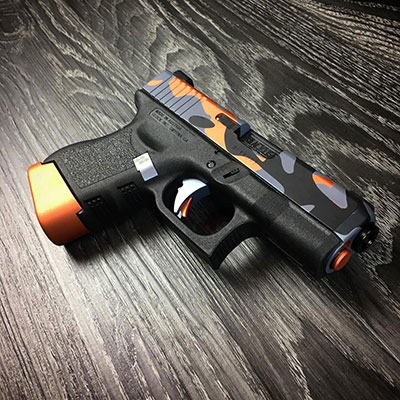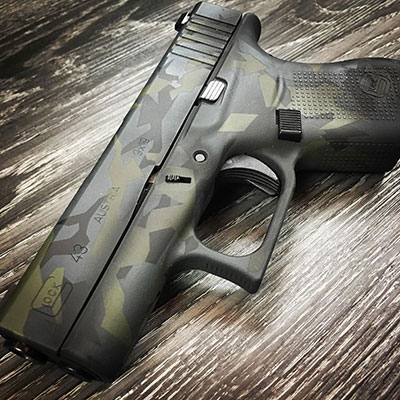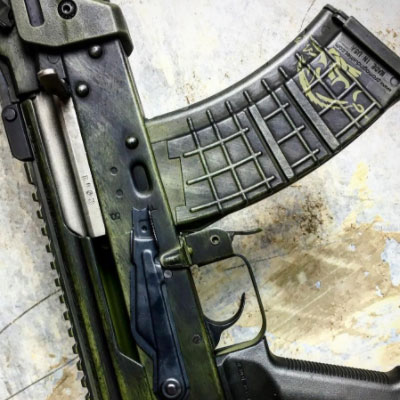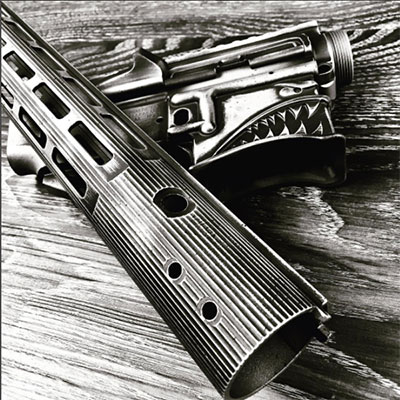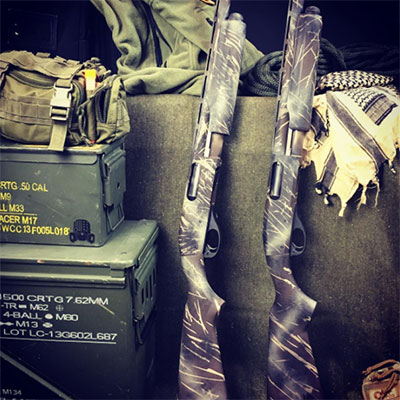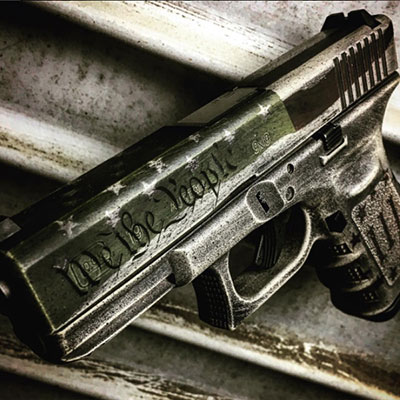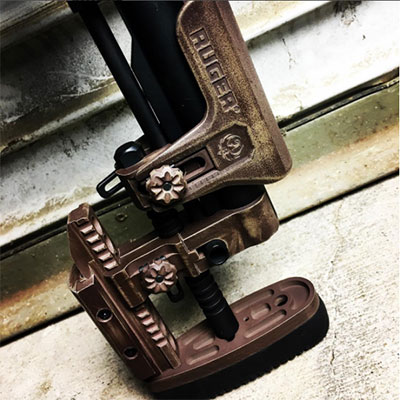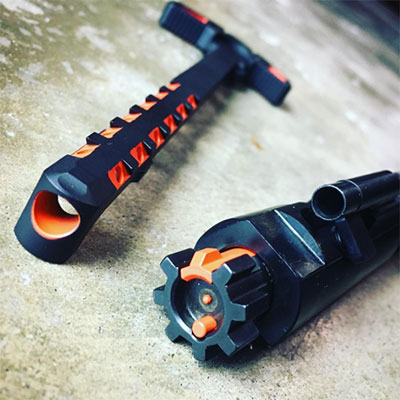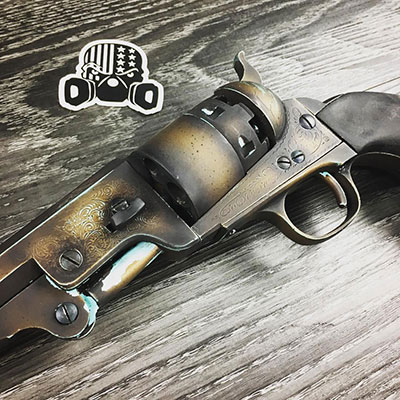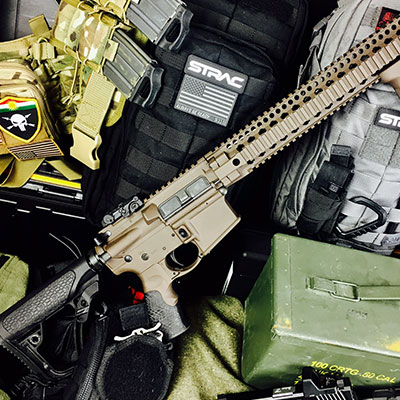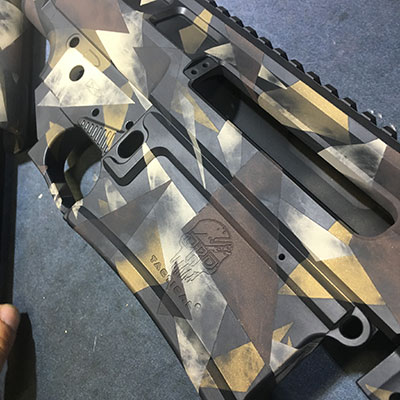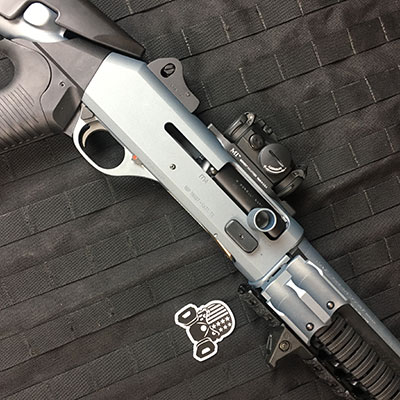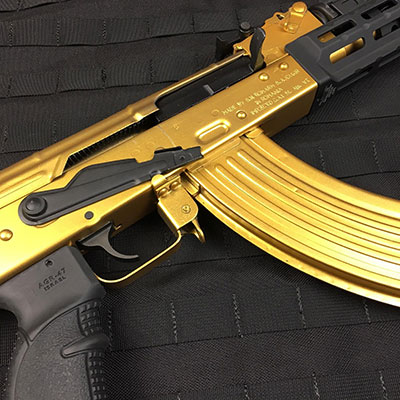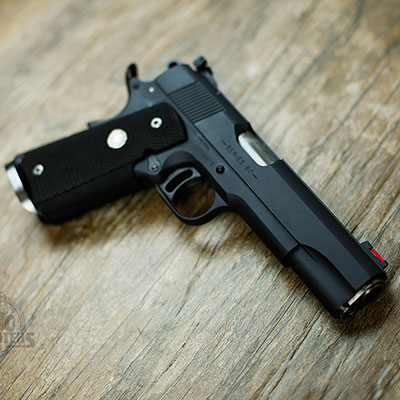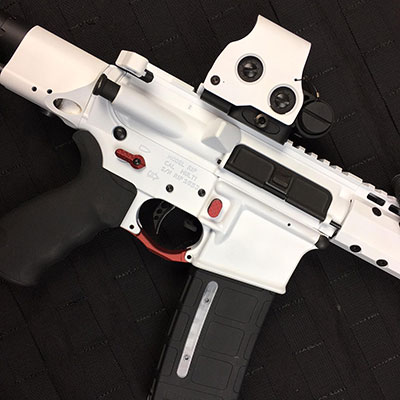- Home
- What Goes Into a Good Trigger Job, And Why You Should Get One
show / hide sidebar
Recent Posts
What Goes Into a Good Trigger Job, And Why You Should Get One

After learning the basics of shooting, how to hold a weapon, learning to squeeze instead of pull, and stuff like that, the number one barrier to accuracy of a firearm (aside from the shooter’s eyes) is the trigger.
Even if the above statement is common knowledge to most of us, you might not be aware that a lot more goes into a good trigger job than simply lightening the spring and the pull weight. I mean, what the hell good is a 2.5lb trigger pull if the take-up is crunchy and the creep is annoying?
I’m going to walk you through some things that we consider essential to an accurate trigger job, and why we employ awesome gunsmiths to make sure the job gets done right.
Trigger pull isn’t everything.
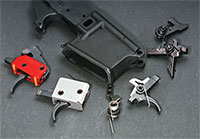 When most people bring their rifle or pistol to us, they are focused on trigger pull, or more specifically, how many pounds of force must be applied before the sear breaks. They might want to take their bolt action rifle down to a competition trigger, or just enough to ensure that they don’t mess up their shot.
When most people bring their rifle or pistol to us, they are focused on trigger pull, or more specifically, how many pounds of force must be applied before the sear breaks. They might want to take their bolt action rifle down to a competition trigger, or just enough to ensure that they don’t mess up their shot.
The funny thing is, simply smoothing the trigger action, even without adjusting the weight, can make a trigger feel much better. A clean break is sometimes more important than a lighter pull.
The exact method of how to do this can be technical: removing some sear material so that it’s set at a negative camber to the hammer, cutting the proper secondary angle, and polishing the right parts to be butter smooth. Only a tiny amount of material is actually removed from the parts. We’re talking thousandths of an inch.
This means that precision is everything, and once you take metal away, you can’t put it back. You have to start all over. That means doing it right the first time is essential.
This basic machining can affect the trigger in different ways, from removing slack from the take up, to making the trigger feel smoother through it’s tiny travel range as the sear is engaged, to a break that is clean as glass.
When we say “clean as glass,” this is what we mean. Imagine a tiny glass straw resting between two uprights. You put you finger on the glass, and push with increasing pressure. It doesn’t move at all, until you reach it’s break point. No flexing, and then it suddenly shatters. That’s what a trigger should feel like.
Increasing Accuracy

A smooth pull and a clean break are critical for competition shooters. They will also make the experience of shooting more pleasant, and if you don’t believe me, drop by and try some of our trigger jobs for yourself. The difference is obvious.
When I started shooting in boy-scouts, the range officer told us that trigger break should feel like a surprise. This doesn’t happen with a crunchy trigger, no matter how light the spring is set.
Once everything is re-cut, and polished to perfection, then we make spring adjustments to tune the actual trigger pull weight to your liking. The whole service runs between $100 and $300, depending on the weapon and what you need done. Most of the time this costs less than buying a new trigger group, and for the money, you won’t find a kit that can improve your weapon like our gunsmiths can.
On Pull Weight
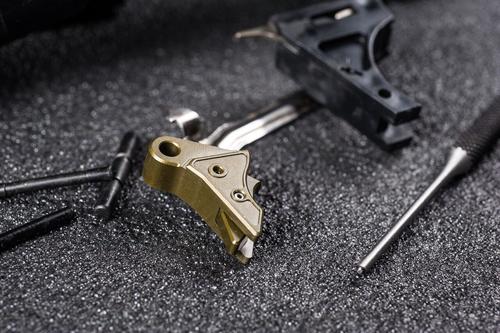
This is something that tends to be exaggerated in some areas, and ignored in others. Yes, a 10 pound trigger pull and a 4 pound trigger pull are vastly different, and at that range it’s obvious that the softer trigger is going to be more accurate. You can’t stay on target with shaky hands.
But what you might not realize, is how tremendous the difference is from 4 to 3, or from 3 to 2.5. Many shooters aim for the lowest pull weight possible, because stories on the Internet convince them that the lower the pull, the better. This isn’t always the case.
There’s a point of diminishing returns on accuracy after about 4 pounds. We’ll work with you to make sure that you get the trigger you really want, not the one the Internet forums prescribe. Of course, if you want it as low as possible, we can do that too.
Just let us know what you are after, and we’ll get ‘er done. Tell us what’s bothering you about the trigger, or better yet, bring your baby by the shop and we’ll take a look.
 Loading... Please wait...
Loading... Please wait...


